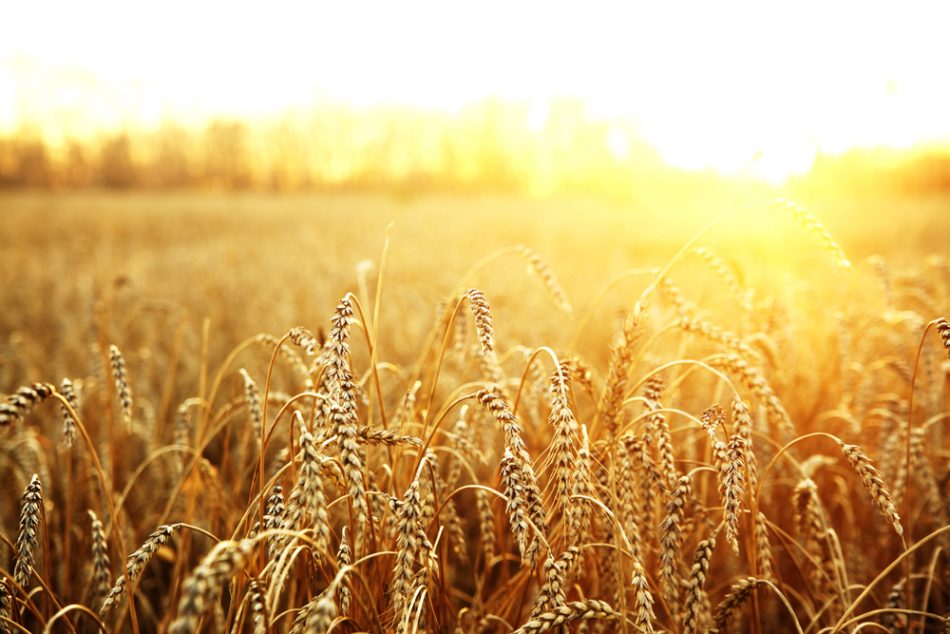Monoculture, the practice of planting a single crop over great expanses of agricultural land, has drained our soil of the biodiversity and nutrients needed to produce high quality, nutritious foods. A new study from Emory University demonstrates just how efficient our agricultural systems can be with a little variety.
To come to their conclusions, the researchers combined publicly available spatial-temporal, social, and environmental data with a computer model of crops and crop yields for 3,100 US counties over ten years. They found that in more diverse agricultural systems, corn and wheat yields can be ten percent higher, and diversity combined with cover crops and varied landscape configurations, like crop rotation, provides yields up to 20 percent higher. These findings held true even when accounting for factors such as weather, soil quality, water access, and market fluctuations.
These findings indicate that crop diversity alone could be instrumental in restoring soil health and even boosting the production of the traditional primary crops (wheat, corn, soy) that got us into this predicament in the first place.
Why is crop diversification so powerful? This strategy increases plant options for pollinators and introduces more nutrients to the soil, reducing the need for chemical fertilizers and improving plant health. Healthier soil also retains more water and a wide variety of crops provides protection for farmers from pests and weather volatility.
Moving forwards, the researchers plan to focus on different smaller regions of the US to see how field productivity varies under different conditions from state to state. Coauthor Emily Burchfield summarizes: “We plan to zoom into different regions and look at the barriers and bridges to diversification for each region. We hope that our work can provide data-driven evidence to help farmers diversify their landscapes in intentional ways to boost their livelihoods and their resilience to climate change, while also supporting the resilience of ecosystems.”
Source study: Nature Food – Landscape complexity and US crop production











